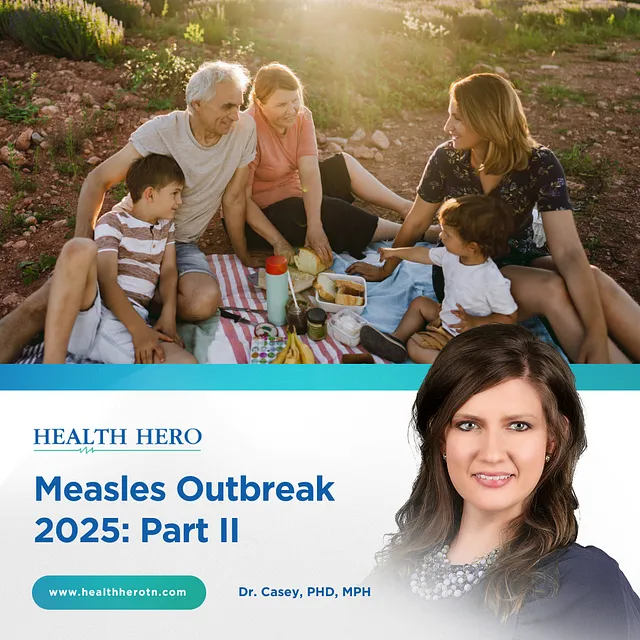Between 2009 and 2014, the United States saw the percentage of children aged 19 to 35 months who received the combined seven-vaccine series increase from 44.3% to 71.6%.
Everyone should be given the same chance to achieve and maintain the highest level of health. However, some disparities exist among different demographics. Status, race, ethnicity, gender, age, and disability significantly influence health outcomes. This can lead to marginalized groups being overlooked or underserved. Health professionals deal with this issue by bridging the gap with vaccinations, especially in children.
According to the National Institute for Children’s Health Quality, between 2009 and 2014, the United States saw the percentage of children aged 19 to 35 months who received the combined seven-vaccine series increase from 44.3% to 71.6%. The study found that this increase was not confined to specific demographics but cut across income levels, ethnicities, and geographical regions.
One key takeaway from this data is the power of targeted interventions and proactive outreach. Recognizing the diverse needs of different communities, healthcare professionals have implemented different strategies to engage families and address vaccination concerns. Culturally sensitive approaches, language access programs, and community partnerships have played an essential role in creating trust and enhancing vaccine uptake among historically underserved populations.
Vaccination has been and will always be a cornerstone of public health, especially in children, as it prevents the spread of infectious diseases, protects vulnerable populations, and ultimately saves lives. The significance of childhood vaccination cannot be overstated. Childhood vaccination is not only about safeguarding individual children; it’s also about promoting the health and well-being of entire communities. It’s a vital tool in our collective efforts to ensure that every child, no matter their demographic, has the opportunity to thrive and reach their full potential.
Even though vaccinations are important Health equity extends beyond that and encompasses a comprehensive approach that addresses various factors influencing health outcomes. This includes equitable access to healthcare services, nutritious food, clean water, safe housing, education, and economic opportunities. By finding ways to help those experiencing social determinants of health, such as poverty, discrimination, and inadequate healthcare infrastructure, we can create an environment where not only children but everyone has a chance to be happy and healthy.
Achieving health equity is not a one-time achievement but an ongoing commitment that requires everyone’s sustained effort, collaboration, and dedication. By promoting equitable access to healthcare for all individuals, we can create a future where everyone has the opportunity to attain their highest level of health and well-being. Health equity is not just a goal that needs to be achieved; it’s a fundamental human right that must be upheld for everyone.
. . .
Sources:
World Health Organization: Health equity
Centers for Disease Control and Prevention: What is Health Equity?


